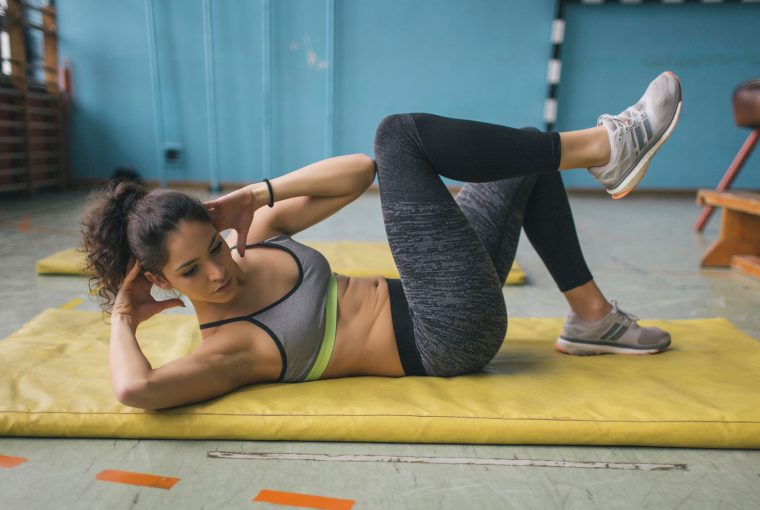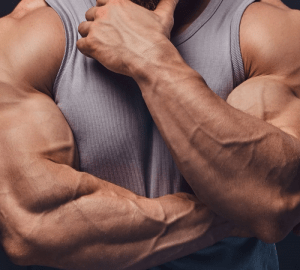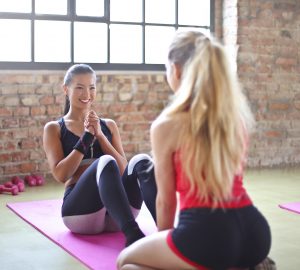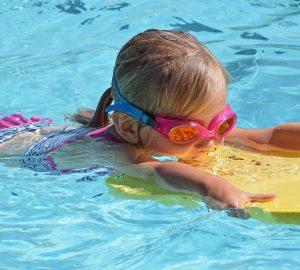The best core exercises may surprise you. It’s not enough to just do ab crunches and sit ups. To build a strong core you need to exercise a variety of muscles, from your hips to your shoulders.
Most people think of the core as a nice six-pack or toned abs. But the abs have very limited and specific action, and what experts refer to as the “core” actually consists of different muscles that run the entire length of the torso.
When these muscles contract, they stabilize the spine, pelvis, and shoulder girdle and create a solid base of support for powerful movements of your extremities. Core conditioning exercise programs need to target all these muscle groups to be effective.
Anatomy of the Core Muscles
Experts vary in which muscles they consider to be the core muscles. Some include the muscles of the pelvic floor. The following list includes the most commonly identified core muscles as well as the lesser-known groups:
- Rectus abdominis: Located along the front of the abdomen, this is the most well-known abdominal muscle and is often referred to as the six-pack due to its appearance in fit and thin individuals.
- Erector spinae: This group of three muscles runs along your neck to your lower back.
- Multifidus: Located under the erector spinae along the vertebral column, these muscles extend and rotate the spine.
- External obliques: Located on the side and front of the abdomen.
- Internal obliques: Located under the external obliques, they run in the opposite direction.
- Transverse abdominis: Located under the obliques, it is the deepest of the abdominal muscles (muscles of your waist) and wraps around your spine for protection and stability.
- Hip flexors: Located in front of the pelvis and upper thigh, the muscles that make up the hip flexors include the psoas major, illiacus, rectus femoris, pectineus, and sartorius.
- Gluteus medius and minimus: These are located at the side of the hip.
- Gluteus maximus, hamstring group, piriformis: These are located in the back of the hip and upper thigh leg.
- Hip adductors: These are located at medial thigh and draw the legs into the midline.
Benefits of Core Strength
One of the primary aims of core exercise training is to prevent injuries that can occur if you don’t properly support the spine. Among the key benefits of core strength
Reduction of Back Pain
Abdominals get all the credit for protecting the back and the foundation of strength, but they are only a small part of what makes up the core. In fact, it is weak and unbalanced core muscles that are linked to low back pain.
Weak core muscles result in a loss of the lumbar curve and a swayback posture. Stronger, balanced core muscles help maintain appropriate posture and reduce strain on the spine.
Athletic Performance
Because the muscles of the trunk and torso stabilize the spine from the pelvis to the neck and shoulder, they allow the transfer of power to the arms and legs. All powerful movements originate from the center of the body out, and never from the limbs alone.
Before any powerful, rapid muscle contractions can occur in the extremities, the spine must be solid and stable, and the more stable the core, the most powerful the extremities can contract.
Improvement of Postural Imbalances
Training the muscles of the core helps correct postural imbalances that can lead to injuries. The biggest benefit of core training is to develop functional fitness—the type of fitness that is essential to daily living and regular activities.
Exercise Preparations
Rather than isolating the abs, core strengthening exercises are most effective when the torso works as a solid unit with both front and back muscles contracting at the same time. These exercises should be multi-joint movements, and you should monitor the stabilization of your spine.
Abdominal bracing is a foundational technique used during core training. It involves pulling your navel toward the spine, engaging your transverse abdominus muscle to stabilize the back and pelvis.
Many core strengthening exercises can be done at home with no equipment. Some workouts can be done by adding stability balls and medicine balls to your regular workouts. Balance products, such as a BOSU ball, balance board, and wobble board can also be used.
Best Core Exercises
Core exercises are most effective when they engage multiple muscles throughout the torso that crosses several joints and works together to coordinate stability. Some of the best core exercises are simple bodyweight exercises, including the following workouts and individual exercises.
Core Workouts
- Quick core workout: If you want a simple, effective core workout, this routine doesn’t take much time or equipment but covers all the basic core muscles.
- Standing ab workout: You don’t need to get on the floor for this workout that uses many of the best core exercises.
- Yoga and pilates also challenge your balance, flexibility, and torso strength
A strong, fit core helps your daily activities become easier to do and improves your performance in sports and exercise. You can incorporate core strengthening into your workouts by taking some of your ab exercises off the floor and doing them standing or on a stability ball.
Don’t settle for a six-pack when you can strengthen your entire core.




